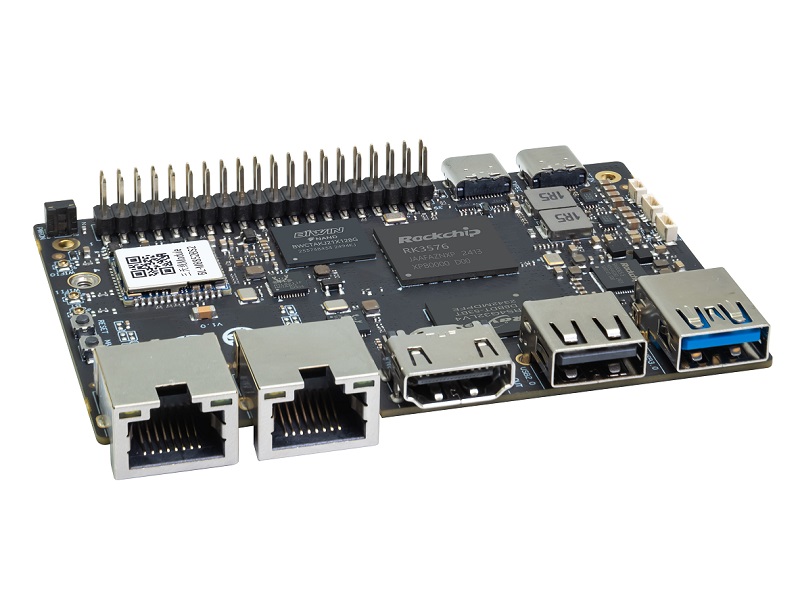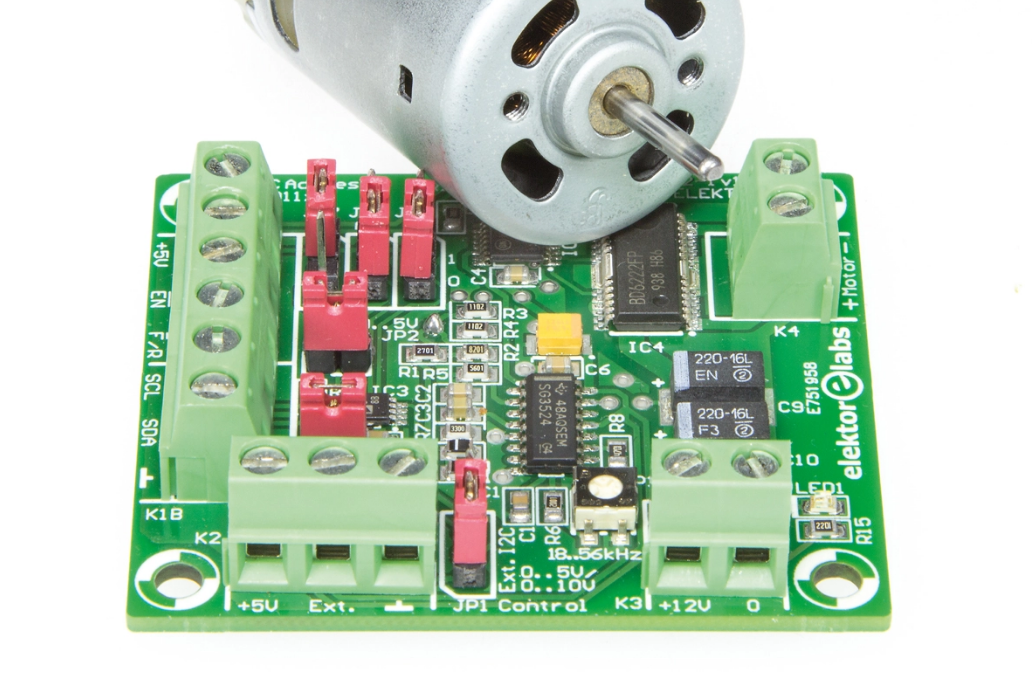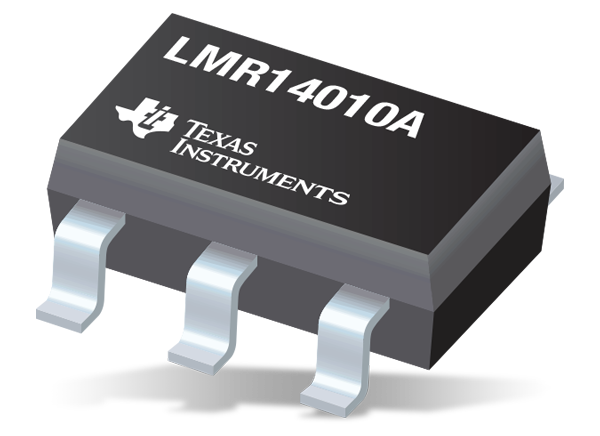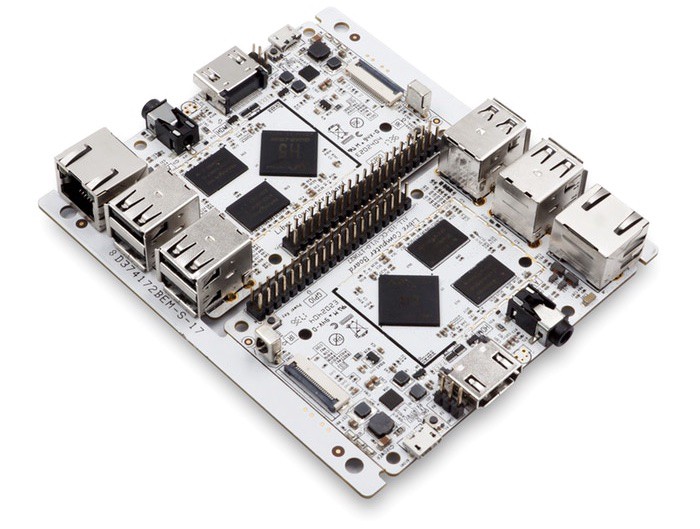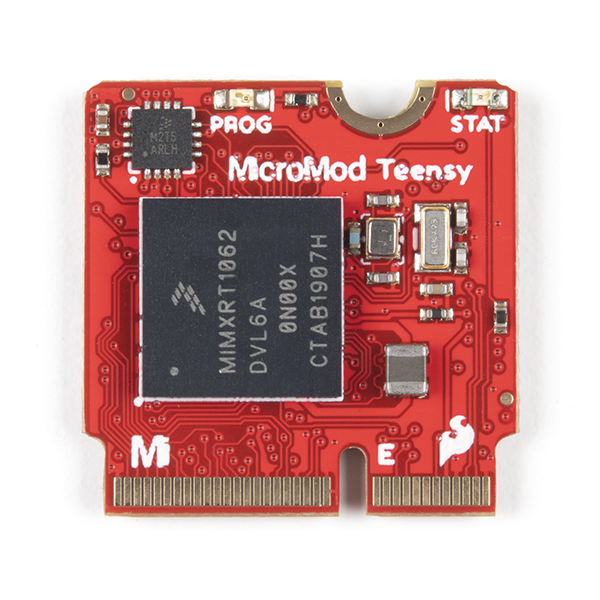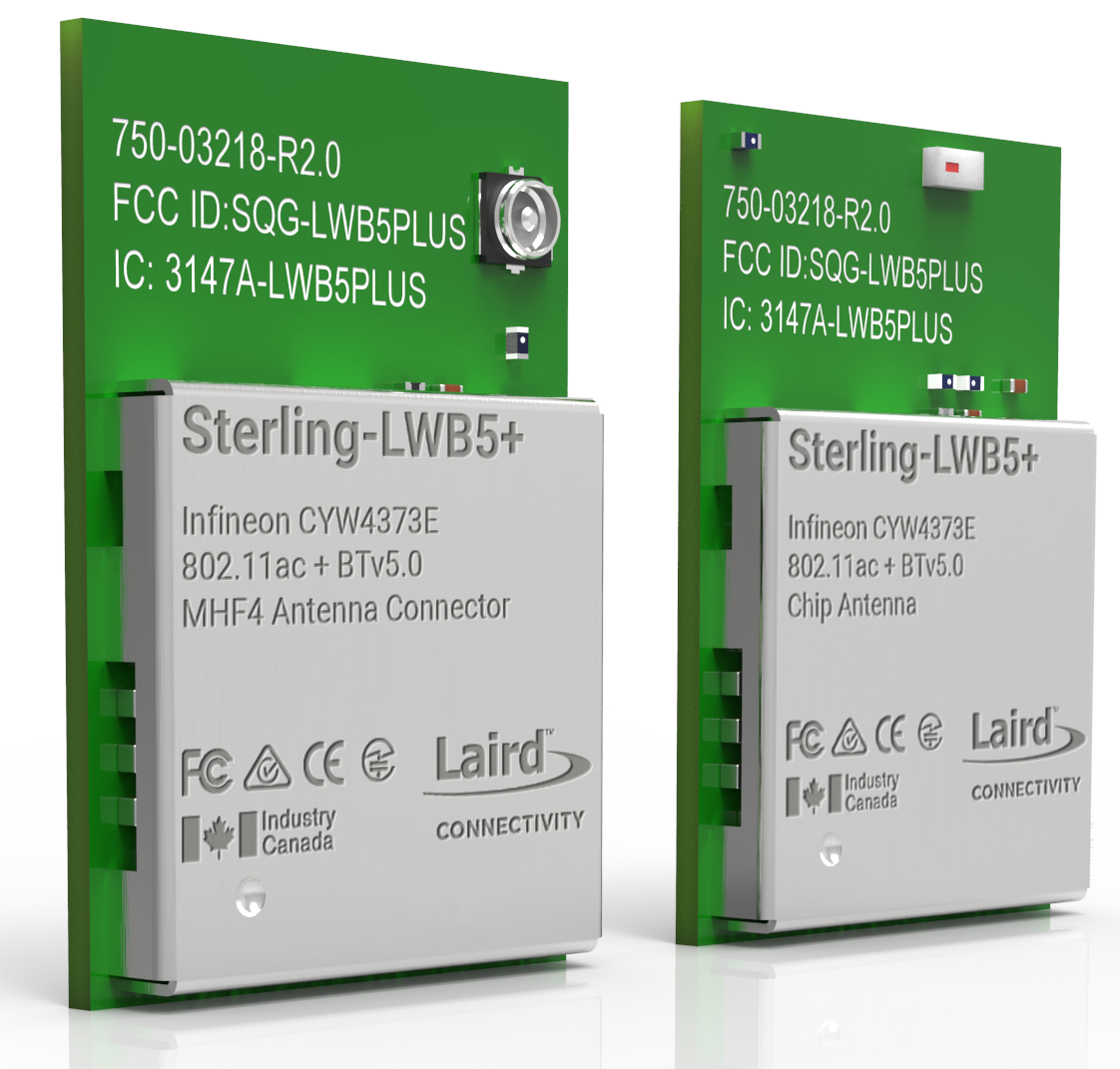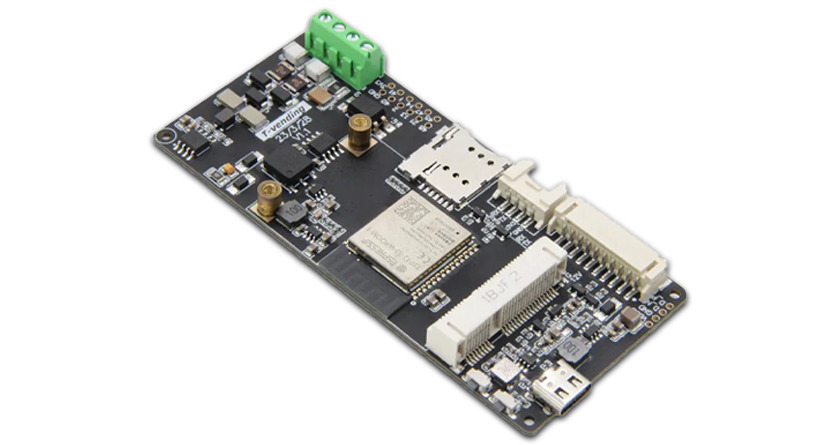
The LILYGO T-Vending: An ESP32-S3-Based Vending Machine Board with RS485 and Cellular Connectivity
Undoubtedly, the ESP32 has become one of the most popular development platforms over the years. That is why the developer’s community has used this microcontroller to build many cool boards like UNIT DualMCU, Banana Pi Centi, M5Stack CoreS3, Seeed Studio XIAO, and many more. But what piqued our interest is the LILYGO T-Vending Board, a vending machine board developed on top of ESP32-S3, and it has support for RS485, 4G connectivity, and even an SD card to log data.
The LILYGO board is designed to be connected to the vending machine through the RS485 terminal block, so this board will act as the master board driving a slave motor controller board to run the machine. Additionally, there is a 10-pin connector to power the coin mechanism and other parts. The board incorporates a Grove connector and includes an unpopulated 12-pin GPIO header, allowing further expansion and customization.
Adding a sim card to the LILYGO T-Vending Module
To use 4G cellular functionality you need to install a T-PCIe module such as the SIM7600 model, but doing so completely covers the ESP32-S3 module with its antenna so it’s unclear what effects it might have with the WiFi and Bluetooth signals.
In terms of support, LILYGO provides a PDF schematic and some example code like Factory, Modem_ATDebug, RS485_Master, RS485_Slave, SPIExample, and WireExample showing how to use I2C. all this is available on their official GitHub repo.
One major drawback of this board is that this board doesn’t come with a complete example project. So, if you plan to use this board in your project, you’ll have to figure out the integration part and write the program from scratch. It’s a bit hard to do, but it’s possible to make this work with some quality time with the coding.
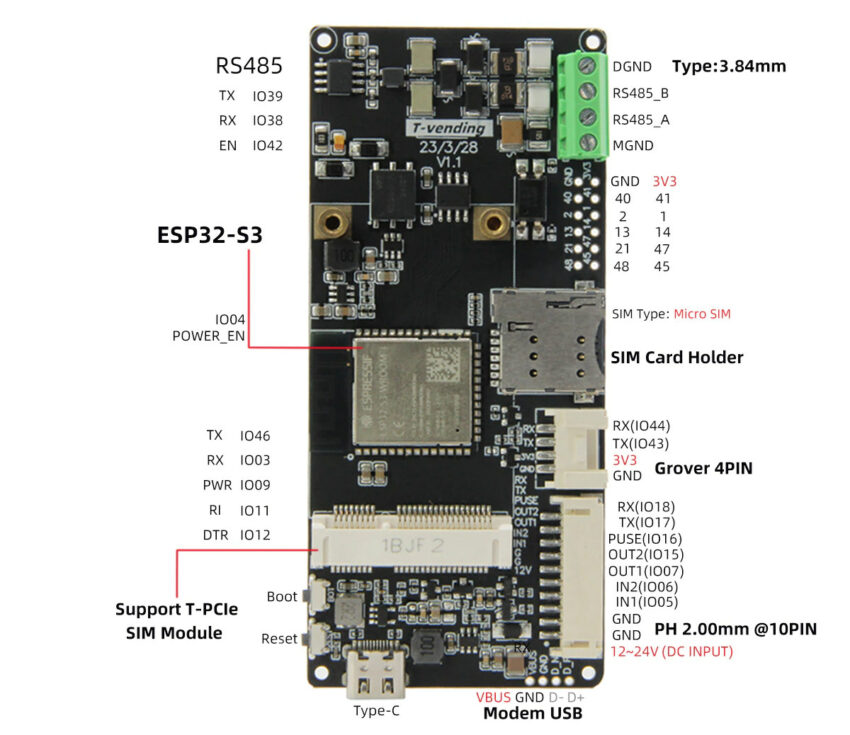
Features of LILYGO T-Vending Board
This little board comes packed with features, so we have listed those in the section below,
- Dual-core Tensilica LX7 microcontroller with up to 240 MHz clock speed
- 2.4 GHz 802.11n WiFi 4 and Bluetooth 5.0 LE connectivity with ESP32-S3
- 8MB PSRAM and 16MB SPI flash memory
- PCB antenna for wireless communication
- MicroSD card slot data storage
- RS485 A/B terminal block for serial communication
- USB Type-C port for programming and a 4-pin header for Modem USB 2.0 interface
- A 4-pin Grove connector (UART), a 12-pin GPIO header, and a 10-pin connector for UART, PULSE, GPIOs, and DC input
- Reset and Boot buttons for convenience
- Powered by a 12-24V DC supply via a 10-pin connector
- Compact dimensions of 102 x 46 x 12.5mm.
You can buy the T-Vending board from LILYGO on Aliexpress for a price of $25.72, and that includes free shipping! If you’re in need of cellular connectivity, you can opt for one of their T-PCIe modules like the SIM7600 series. The price of this ranges from $36 to $51, depending on where you’re at. So, you’ve got options to deck out your board and get it up and running without breaking the bank!






